In my new home I have a sealed combustion boiler, sealed combustion fireplace, air exchanger (zoned) for bathroom venting, and an electric range. My inspector is insisting that I install a grill in the ceiling of my house with a pipe to the outside for make up air. This seams odd to me as none of my appliances are using inside air for combustion air. Only the dryer is blowing air out, but not combusting it.
In addition, in Wisconsin, the code reads: “If your dwelling does nto ahve any open combustion appliances, then you do not have any combustion air requirements, and by code, can rely upon infiltration through building cracks for makeup air”
Inspector won’t specify with me, but is he considering the drying as using combustion air? Is this correct?
upnorthframer
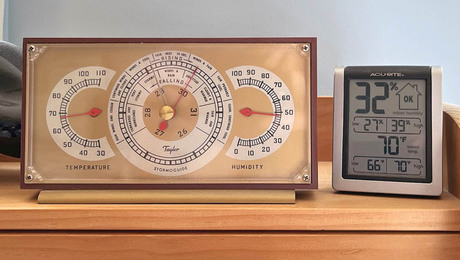
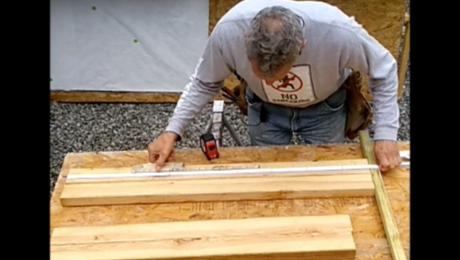








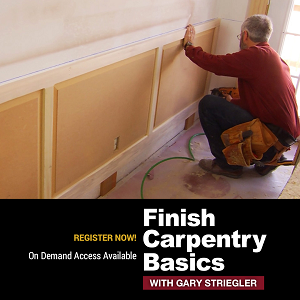



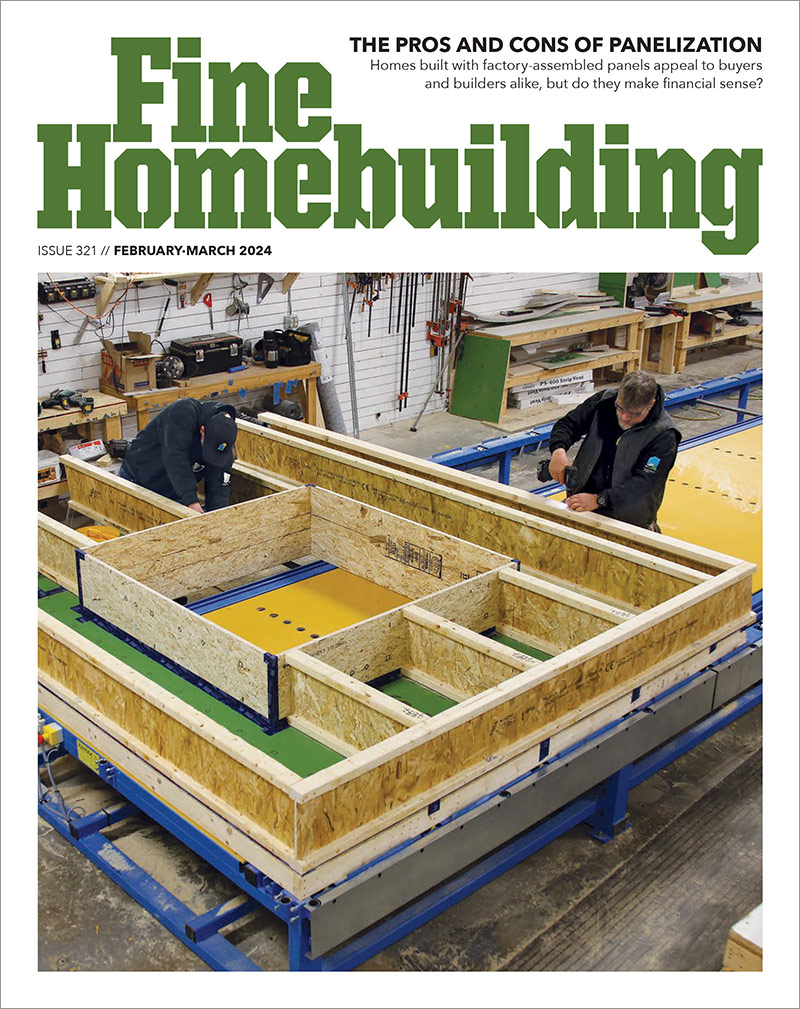
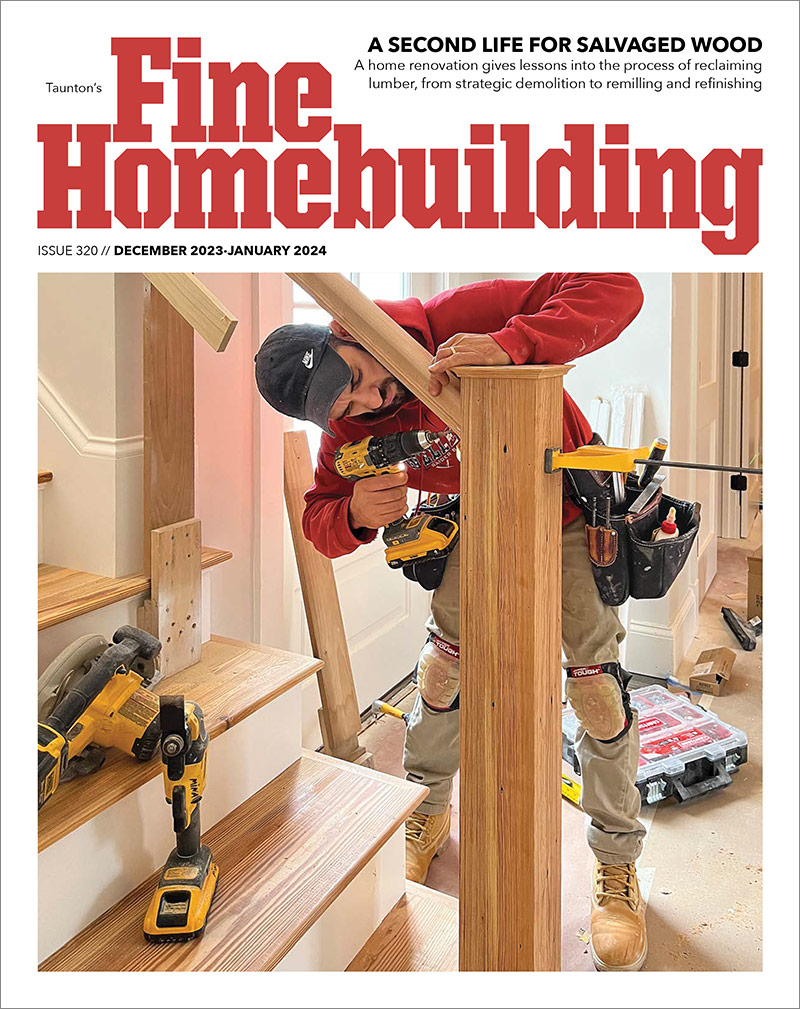
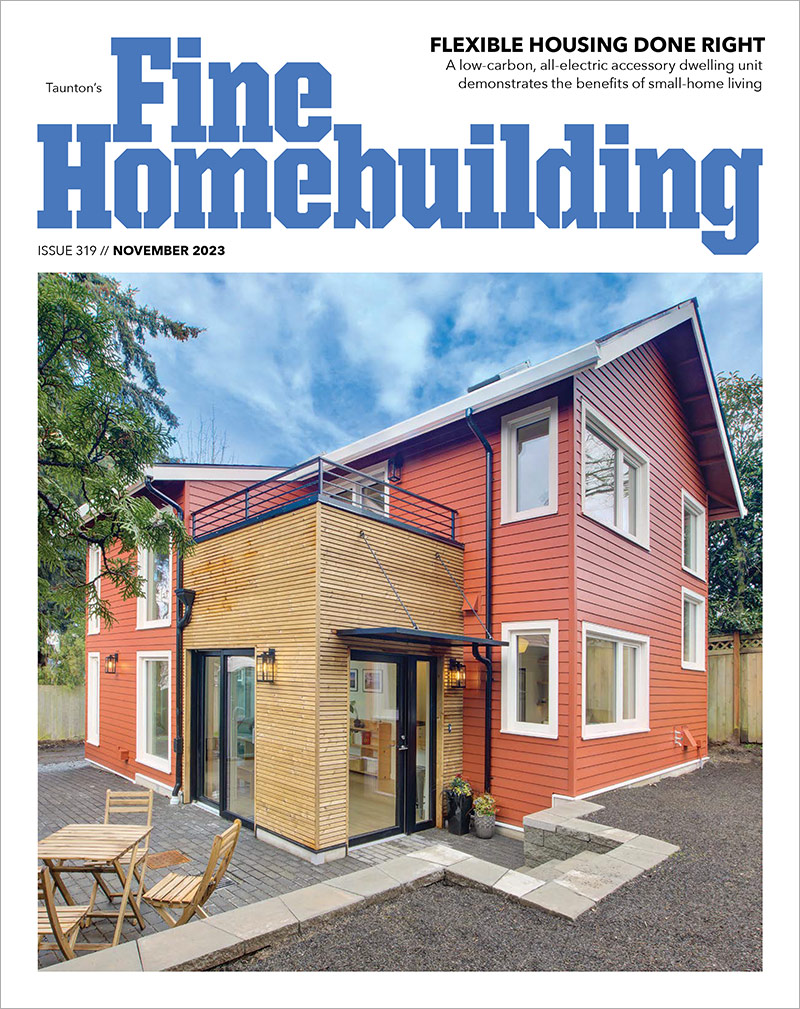

Replies
Is the "air exchanger" a true 2-way heat exchanger? If so, I'd suspect that the inlet duct has no positive closer arrangement to prevent it from drawing air in if there's negative pressure in the house. This should suffice to provide makeup air for the dryer.
Doesn't code there require a whole-house exchanger or HRV, for humidity abatement in the winter?
my air exchanger is an HRV. It is zoned in the bathrooms however, thus meaning I can turn on air exchange in just one bathroom at a time.
upnorthframer
It PROBABLY provides sufficient "makeup air" for the dryer, even when not operating.
God is REAL, unless explicitly declared INTEGER
"but is he considering the drying as using combustion air? Is this correct? "
Only if it is a gas dryer.
Or if your dryer has and Instant Dry setting, ie less than 10 seconds. That might lead to combustion.
William the Geezer, the sequel to Billy the Kid - Shoe
I don't understand how the house is ventilated. Does the HRV supply & return only to the bathrooms, or do you supply to the bed/living areas and exhaust from bath & kitchen, all through the HRV? The tighter the house gets the more critical this issue becomes. Can the HRV be run unbalanced, ie supply more than its exhausting, if it senses a pressure drop when the dryer is running?
My inspector is insisting that I install a grill in the ceiling of my house with a pipe to the outside for make up air. This seams odd to me as none of my appliances are using inside air for combustion air. Only the dryer is blowing air out, but not combusting it.
A dryer is a 200 cfm exhaust fan. Where is that volume of make-up air coming from? Is your house that leaky? Is this new construction?
In addition, in Wisconsin, the code reads: "If your dwelling does nto ahve any open combustion appliances, then you do not have any combustion air requirements, and by code, can rely upon infiltration through building cracks for makeup air"
That might be adequate in a leaky house for combustion make-up air. But any new house built to IRC Energy Code standards is required to have a minimum of controlled mechanical 0.35 ACH.
It sounds like your "air exchanger" is just a fancy bathroom exhaust fan. There should also be an outside-ducted range hood, even with an electric stove, to evacuate moisture at the source.
In a tight house in a cold climate, moisture management becomes the dominant challenge in the heating season.
Solar & Super-Insulated Healthy Homes
My HRV is a greentek brand. It is piped to all closets, bathrooms, kitchen, etc... and is hooked to a humidistat so it can exchange all of the air in the house when necissary. However, there is a thrid supply duct ran specifically for my two main bathrooms and when the timers are turned on in those specific rooms, it only pulls air from those areas. It pulls roughly 70 cfm from the bathrooms.
The house is brand new, 6" icynene in walls, 8" icynene in ceiling with 18" loose fill cellulose over that. Microwave does not vent to the outside, I have an HRV vent nearby for excess moisture.
I just want to know if my inspector is right by saying my electric dryer is using inside air as combustion air? Has anybody ever ran into this before? It seems rather odd to me.
upnorthframer
It's not combustion air, any more than the air pulled out by a range hood or bathroom fan is "combustion air". You do need a source of makeup air for it, though, as a practical matter. Doesn't need to be a hole in the ceiling, though.Like I said, I suspect that your HRV will fill that role, even when not operating.
God is REAL, unless explicitly declared INTEGER
I just want to know if my inspector is right by saying my electric dryer is using inside air as combustion air?
If it's a gas dryer, then yes.
Riversong HouseWright
Design * * Build * * Renovate * * ConsultSolar & Super-Insulated Healthy Homes
My HRV is a greentek brand. It is piped to all closets, bathrooms, kitchen, etc... and is hooked to a humidistat so it can exchange all of the air in the house when necissary. However, there is a thrid supply duct ran specifically for my two main bathrooms and when the timers are turned on in those specific rooms, it only pulls air from those areas. It pulls roughly 70 cfm from the bathrooms.
You're still not describing this system adequately.
Where are the intake vents, and where are the return vents?
70 cfm is adequate only for a small bathroom. The Home Ventilation Institute recommends intermittent bath ventilation of 8 ACH.
Riversong HouseWright
Design * * Build * * Renovate * * ConsultSolar & Super-Insulated Healthy Homes
On the surface, yes, the inspector is full of it. You're not missing anything there.
However we are still missing a little. A HRV has two types of ports in the house ... air inlets for fresh air ... at the furnace or located in common living areas .... and outlets (exhaust) located at e.g. bathrooms or other areas that require exhaust.
Maybe the BO is concerned that when you use the dryer the HRV is not necessarily on. But the code is what it is ... it doesn't require it. If he can explain himself well, you could make an informed decision. I suspect you should have your HRV running at least most of your waking and occupied hours, so this all may be a moot point ... hmmm I see you have it on a dehumidistat. Maybe switch to a timer? (just thinking out loud, now). Most HRVs are used w/ a timer, not a dehumidistat. The bath fan might use a dehumidistat ... you have bath fans AND a HRV? The bath fans separate from the HRV?